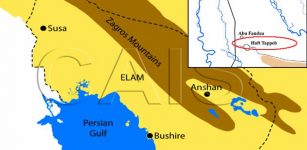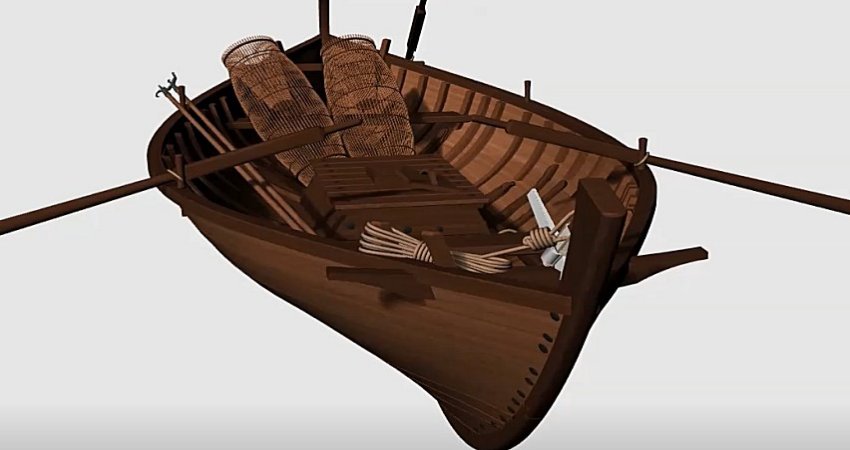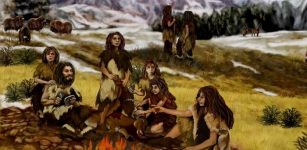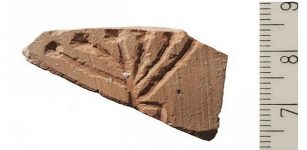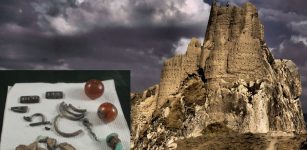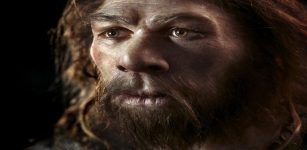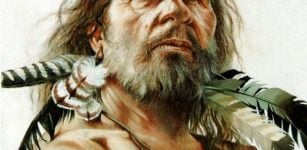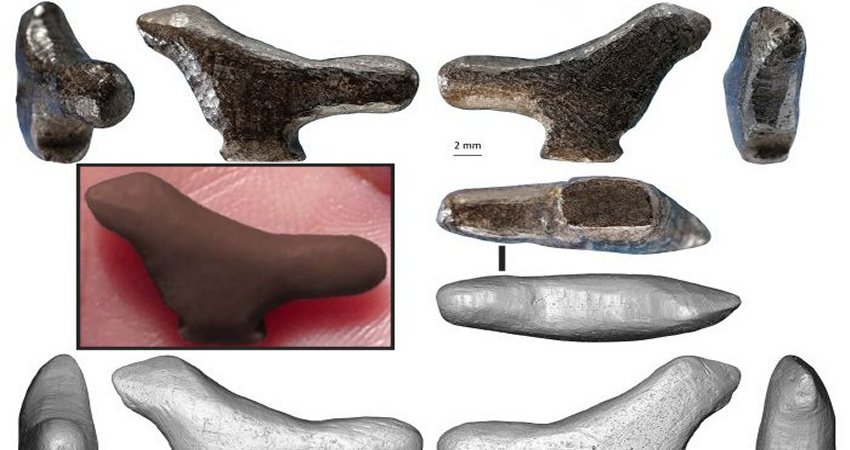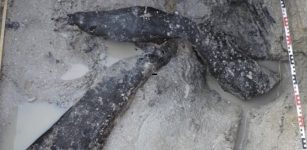Rare Warrior Tomb Filled With Bronze Age Treasures Unearthed At Pylos, Greece
MessageToEagle.com – Led by University of Cincinnati, an international team of archaeologists excavating at Pylos, an ancient city on the southwest coast of Greece, recently discovered a Bronze Age warrior’s tomb in southwestern Greece filled with more than 1,400 objects: jewels, weapons and armor, as well as bronze, silver and gold vessels.
The rich tomb, dating back to about 1500 BC,.belongs to a warrior who was buried at the dawn of European civilization.
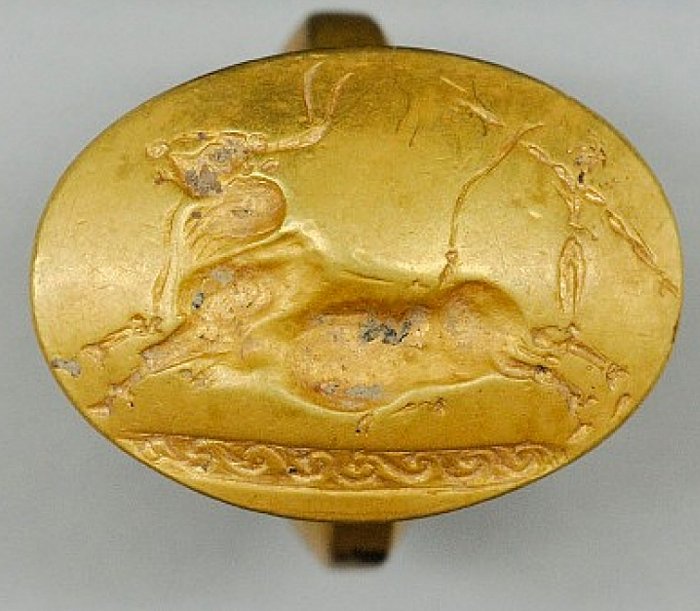
“This previously unopened shaft grave of a wealthy Mycenaean warrior, dating back 3,500 years, is one of the most magnificent displays of prehistoric wealth discovered in mainland Greece in the past 65 years,” said UC’s Shari Stocker, senior research associate in the Department of Classics, McMicken College of Arts and Sciences.
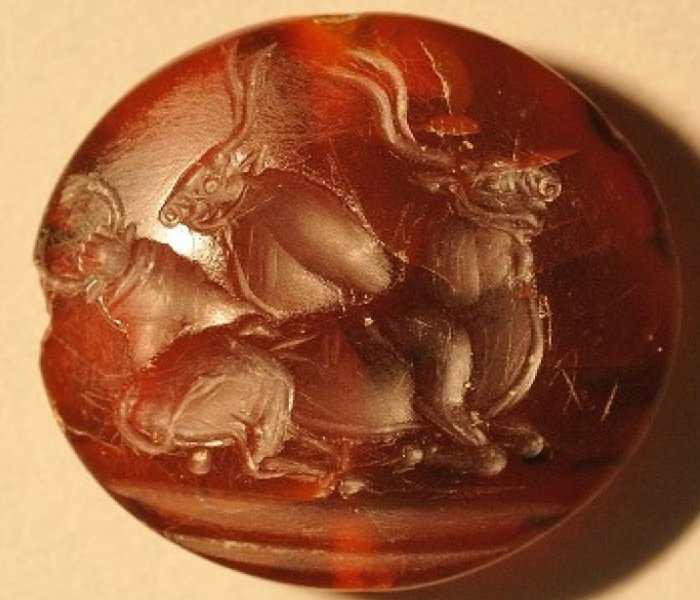
The team’s effort is dedicated to uncovering the pre-history and history of the Bronze Age center known as the Palace of Nestor, an extensive complex and a site linked to Homeric legend. Though the palace was destroyed by fire sometime around 1200 B.C., it is nevertheless the best-preserved Bronze Age palace on the Greek mainland.
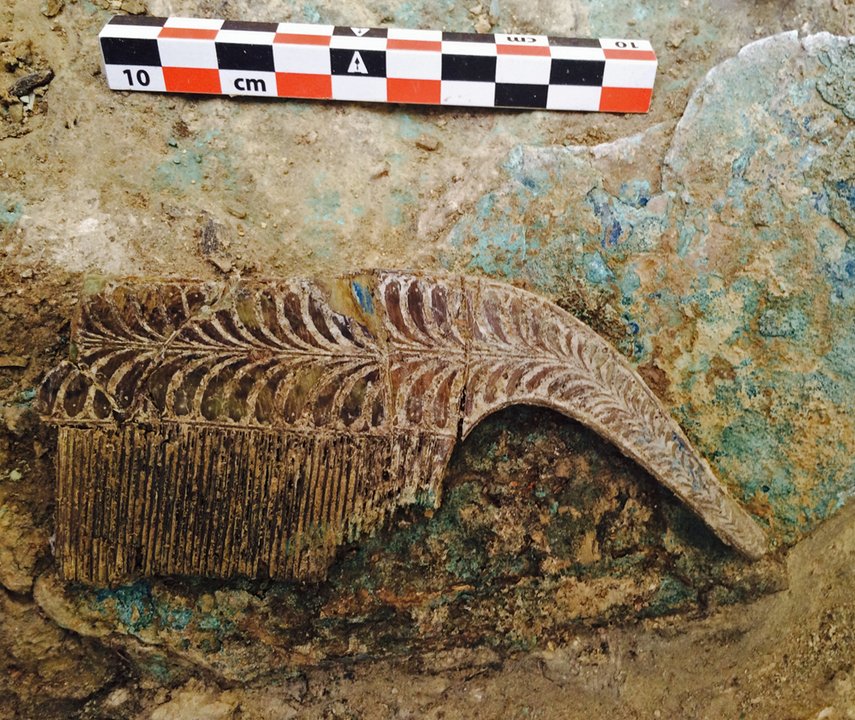
-
Catalogue of objects found within the warrior tomb
Gold
Four complete solid-gold seal rings to be worn on a human finger. This number is more than found with any single burial elsewhere in Greece.
Two squashed gold cups and a silver cup with a gold rim
One unique necklace of square box-shaped golden wires, more than 30 inches long with two gold pendants decorated with ivy leaves.
Numerous gold beads, all in perfect condition.
Silver
Six silver cups.
Bronze
One three-foot long sword, with an ivory hilt overlaid with gold in a rare technique imitating embroidery (found at warrior’s left chest).
Under this sword was a smaller dagger with a gold hilt employing the same technique.
Other bronze weapons by his legs and feet.
Bronze cups, bowls, amphora, jugs and a basin, some with gold, some with silver trim.
Seal stones
More than 50 seal stones, with intricate carvings in Minoan style showing goddesses, altars, reeds, lions and bulls, some with bull-jumpers soaring over the bull’s horns – all in Minoan style and probably made in Crete.
Ivory
- Several pieces of carved ivory, one with a griffon with large wings and another depicting a lion attacking a griffon.
- Six decorated ivory combs.
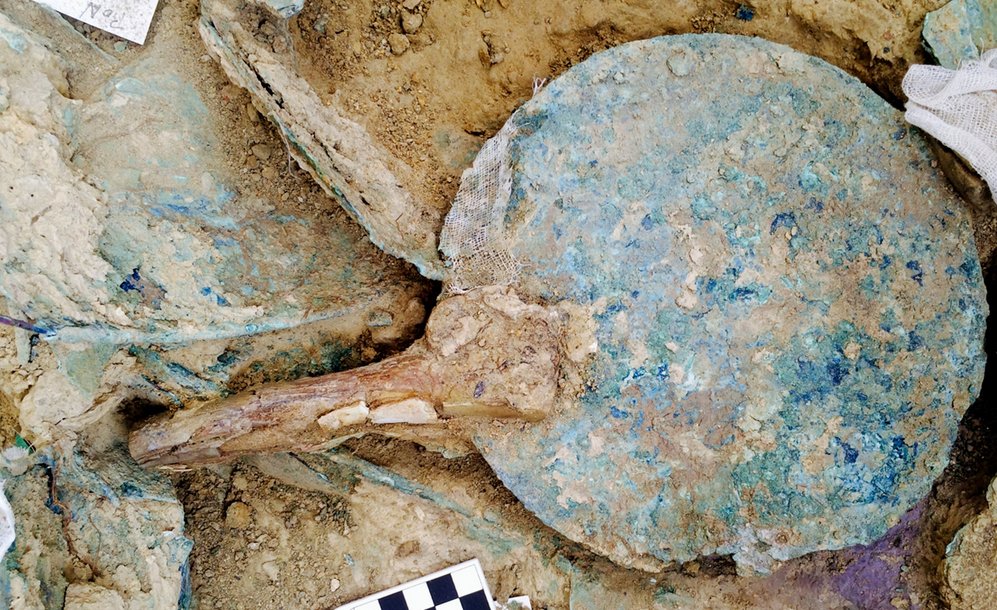
“It is truly amazing that no ceramic vessels were included among the grave gifts. All the cups, pitchers and basins we found were of metal: bronze, silver and gold. He clearly could afford to hold regular pots of ceramic in disdain,” according to Stocker.
This member of the elite was accompanied in the afterlife by about 50 seal-stones carved with intricate Minoan designs of goddesses as well as depictions of bulls and human bull jumpers soaring over their horns. Four gold rings in the tomb contain fine Minoan carvings.
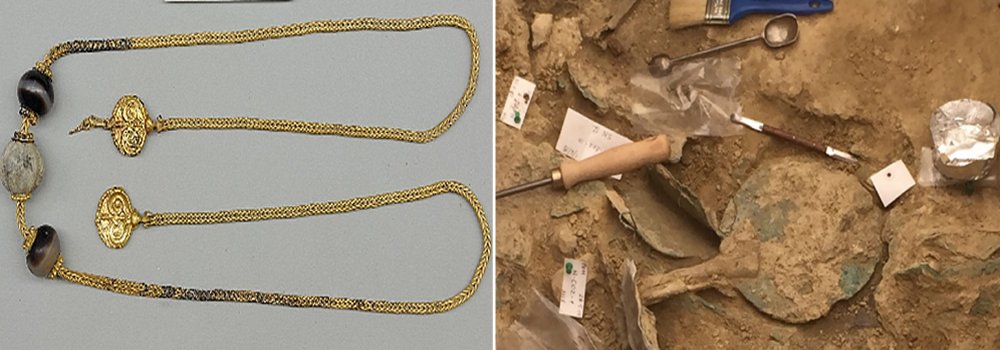
A plaque of carved ivory with a representation of a griffon with huge wings lay between the man’s legs. Nearby was a bronze mirror with an ivory handle.
The weapons of bronze within the tomb include a meter-long slashing sword with an ivory handle, several daggers, a spearhead, along with the already-mentioned sword and dagger with gold pommels.
Other grave gifts originally rested above the dead warrior atop a coffin of wood which later collapsed, spilling a crushing load of objects down on the skeleton – and making the job of excavation difficult and slow.
The gifts atop the coffin included bronze jugs; a large, bronze basin; thin bands of bronze, probably from the warrior’s suit of body armor; many wild boar’s teeth from the warrior’s helmet.
In combination with this weaponry, the discovery of so much jewelry with a male burial challenges the commonly held belief that these apparently “feminine” adornments and offerings accompanied only wealthy women to the hereafter.
MessageToEagle.com
source:

